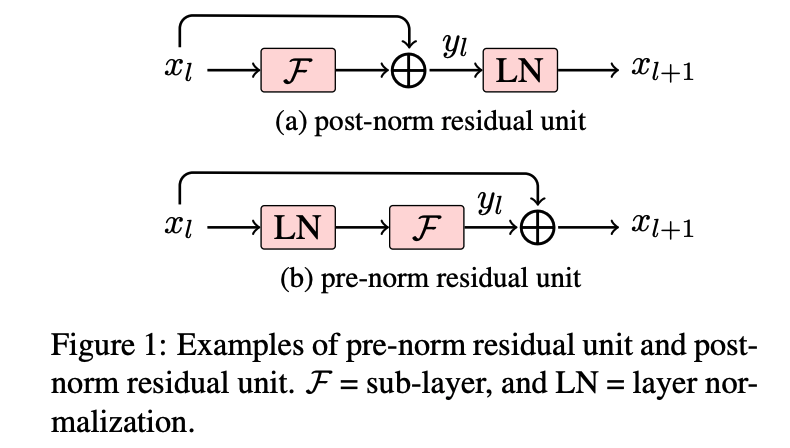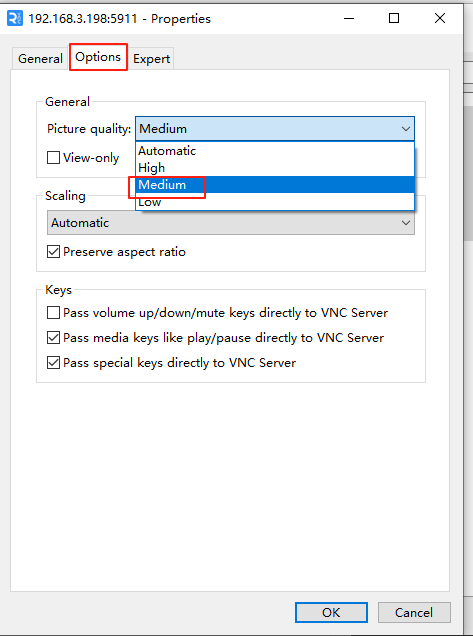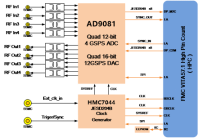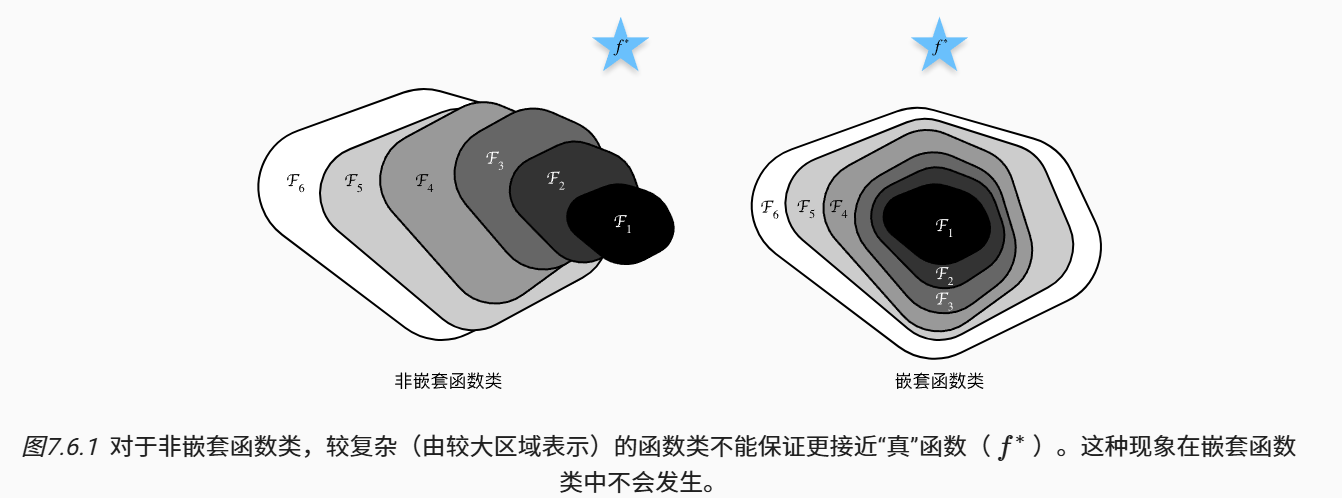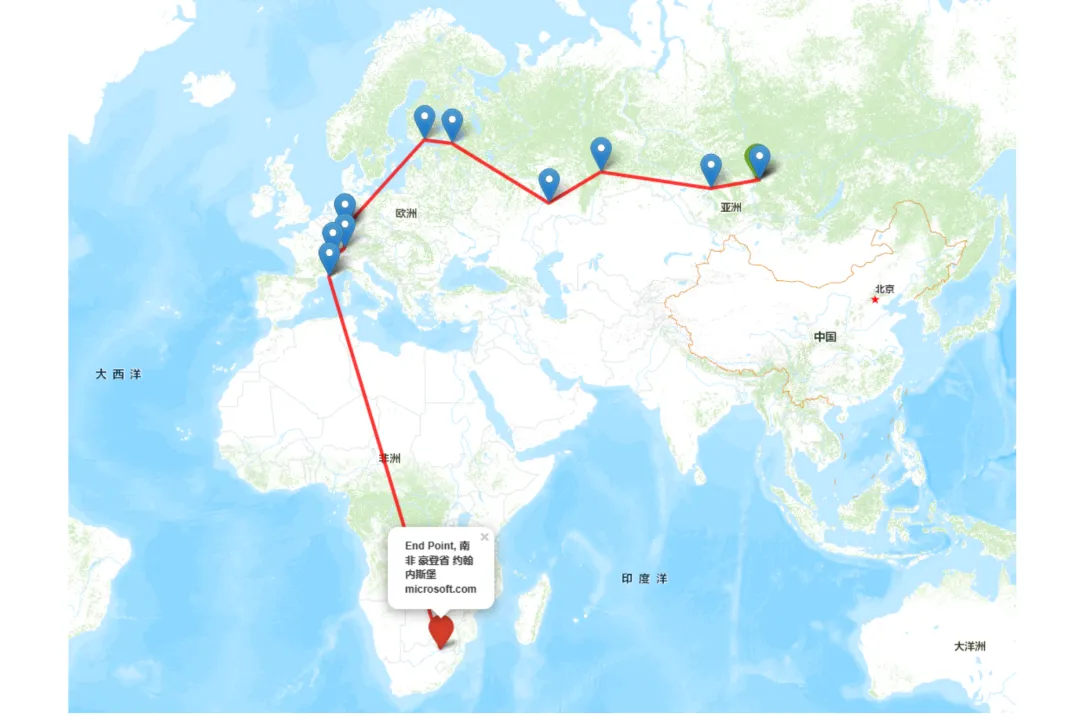deepseek-R1比较创新的点就是reward函数了,其自创的GRPO方法,详解如下:https://www.cnblogs.com/theseventhson/p/18696408

训练出了R1-zero和R1两个强化学习版本!幸运的是,GRPO的这个算法已经有人实现,并集成到huggingface啦,直接调用就行,demo在这里:https://gist.github.com/willccbb/4676755236bb08cab5f4e54a0475d6fb?permalink_comment_id=5417630
1、训练肯定是要数据啦,这里用 https://huggingface.co/datasets/openai/gsm8k 这个数据集,长这样的:question、answer(reason + result) 左边是问题,右边是回答,回答有推理过程和最终结果

数据集齐了,就要处理训练样本了,这个类似dataset的功能,代码如下:
#从answer中提取计算结果;这些都是数学题,最终答案都是一个数字作为ground truth,数字和reason之间用####隔开的,所以用####做分割 def extract_hash_answer(text: str) -> str | None:if "####" not in text:return Nonereturn text.split("####")[1].strip()# 构造prompt,单独抽取answer def get_gsm8k_questions(split = "train") -> Dataset:data = load_dataset('openai/gsm8k', 'main')[split] # type: ignoredata = data.map(lambda x: { # type: ignore'prompt': [{'role': 'system', 'content': SYSTEM_PROMPT},{'role': 'user', 'content': x['question']}],'answer': extract_hash_answer(x['answer'])}) # type: ignorereturn data # type: ignore
2、deepseek训练时,reward除了最终的结果外,还要求response的格式正确,比如要有reasoning过程,也要有最终的答案,所以这里要定义response的格式,如下:
import re import torch from datasets import load_dataset, Dataset from transformers import AutoTokenizer, AutoModelForCausalLM from trl import GRPOConfig, GRPOTrainer# Load and prep dataset:格式就是推理过程+最终结果 SYSTEM_PROMPT = """ Respond in the following format: <reasoning> ... </reasoning> <answer> ... </answer> """XML_COT_FORMAT = """\ <reasoning> {reasoning} </reasoning> <answer> {answer} </answer> """
def extract_xml_answer(text: str) -> str:answer = text.split("<answer>")[-1]answer = answer.split("</answer>")[0]return answer.strip()
最核心的部分来了,这个reward是怎么在代码层面实现的?针对gsm8k数据集的reward函数代码实现:
def correctness_reward_func(prompts, completions, answer, **kwargs) -> list[float]:responses = [completion[0]['content'] for completion in completions]q = prompts[0][-1]['content']extracted_responses = [extract_xml_answer(r) for r in responses]#把问题、答案、LLM的回复、从回复中抽取的结果都打印出来print('-'*20, f"Question:\n{q}", f"\nAnswer:\n{answer[0]}", f"\nResponse:\n{responses[0]}", f"\nExtracted:\n{extracted_responses[0]}")#如果LLM的结果和训练样本的答案是一样的,说明回答正确,reward=2,奖励2分return [2.0 if r == a else 0.0 for r, a in zip(extracted_responses, answer)]#训练样本最终的结果是个数字,所以要求LLM最终输出的结果是数字,才能奖励0.5,reward=0.5 def int_reward_func(completions, **kwargs) -> list[float]:responses = [completion[0]['content'] for completion in completions]extracted_responses = [extract_xml_answer(r) for r in responses]return [0.5 if r.isdigit() else 0.0 for r in extracted_responses]#LLM的回复中如果有reasoning推理过程和answer结果标签,才符合既定的格式要求,这里reward=0.5 def strict_format_reward_func(completions, **kwargs) -> list[float]:"""Reward function that checks if the completion has a specific format."""pattern = r"^<reasoning>\n.*?\n</reasoning>\n<answer>\n.*?\n</answer>\n$"responses = [completion[0]["content"] for completion in completions]matches = [re.match(pattern, r) for r in responses]return [0.5 if match else 0.0 for match in matches]#同上,不过这里的正则检查没那么严格 def soft_format_reward_func(completions, **kwargs) -> list[float]:"""Reward function that checks if the completion has a specific format."""pattern = r"<reasoning>.*?</reasoning>\s*<answer>.*?</answer>"responses = [completion[0]["content"] for completion in completions]matches = [re.match(pattern, r) for r in responses]return [0.5 if match else 0.0 for match in matches]def count_xml(text) -> float:count = 0.0if text.count("<reasoning>\n") == 1:count += 0.125if text.count("\n</reasoning>\n") == 1:count += 0.125if text.count("\n<answer>\n") == 1:count += 0.125count -= len(text.split("\n</answer>\n")[-1])*0.001if text.count("\n</answer>") == 1:count += 0.125count -= (len(text.split("\n</answer>")[-1]) - 1)*0.001return countdef xmlcount_reward_func(completions, **kwargs) -> list[float]:contents = [completion[0]["content"] for completion in completions]return [count_xml(c) for c in contents]
选择base model:
model_name = "Qwen/Qwen2.5-1.5B-Instruct" #可以按需换成其他的 output_dir="outputs/Qwen2.5-1.5B-Instruct-GRPO" run_name="Qwen-1.5B-GRPO-gsm8k"training_args = GRPOConfig(output_dir=output_dir,run_name=run_name,learning_rate=5e-6,adam_beta1 = 0.9,adam_beta2 = 0.99,weight_decay = 0.1,warmup_ratio = 0.1,lr_scheduler_type='cosine',logging_steps=1,bf16=True,per_device_train_batch_size=1,gradient_accumulation_steps=4,#8k样本,这里有2k步梯度num_generations=16,max_prompt_length=256,max_completion_length=200,#reasoning长度限制num_train_epochs=1,save_steps=100,max_grad_norm=0.1,log_on_each_node=False,use_vllm=False,vllm_gpu_memory_utilization=.3,vllm_device="cuda:0",report_to="none" #disabling Wandb. )model = AutoModelForCausalLM.from_pretrained(model_name,torch_dtype=torch.bfloat16,device_map=None ).to("cuda")tokenizer = AutoTokenizer.from_pretrained(model_name) tokenizer.pad_token = tokenizer.eos_token
直接用现成的接口开始训练了:每次会根据这5个reward的辅助函数计算reward值,然后update gradient!
trainer = GRPOTrainer(model=model,processing_class=tokenizer,reward_funcs=[xmlcount_reward_func, #自定义的格式reward函数soft_format_reward_func,#自定义的格式reward函数strict_format_reward_func,#自定义的格式reward函数int_reward_func,#自定义的结果数字reward函数correctness_reward_func],#自定义的结果reward函数args=training_args,train_dataset=dataset,#peft_config=peft_config ) trainer.train()trainer.save_model(output_dir)
怎样,因为reward方法别人已经写好,自己直接调用GRPOTrainer就行了,是不是很简单了!
3、结果解读
循环刚开始的时候,base model的回答和微调前一样,没啥变化:可以看出base model的结果毫无格式和正确性而言,效果很差,只体现了model的基座能力!
-------------------- Question: #训练样本的问题 There are 15 tables in the school's cafeteria. Each table can seat 10 people. Usually, only 1/10 of the seats are left unseated. How many seats are usually taken? Answer: #训练样本的结果 135 Response: # model的回复:毫无章法 To find out how many seats are usually taken, we can follow these steps: 1. **Calculate the total number of seats in the cafeteria:**- There are 15 tables, and each table seats 10 people.\[\text{Total seats} = 15 \text{ tables} \times 10 \text{ seats/table} = 150 \text{ seats}\] 2. **Determine the number of seats that are usually left unseated:**- Typically, only 1/10 of the seats are left unseated.\[\text{Unseated seats} = 150 \text{ seats} \times \frac{1}{10} = 15 \text{ seats}\] 3. **Calculate the number of seats that are usually taken:**- The total number of seats is 150, and Extracted: # model的结果 To find out how many seats are usually taken, we can follow these steps: 1. **Calculate the total number of seats in the cafeteria:**- There are 15 tables, and each table seats 10 people.\[\text{Total seats} = 15 \text{ tables} \times 10 \text{ seats/table} = 150 \text{ seats}\] 2. **Determine the number of seats that are usually left unseated:**- Typically, only 1/10 of the seats are left unseated.\[\text{Unseated seats} = 150 \text{ seats} \times \frac{1}{10} = 15 \text{ seats}\] 3. **Calculate the number of seats that are usually taken:**- The total number of seats is 150, and
大概经历了100多轮后,model终于输出了要求的format:
-------------------- Question: There are 18 green leaves on each of the 3 tea leaf plants. One-third of them turn yellow and fall off on each of the tea leaf plants. How many green leaves are left on the tea leaf plants? Answer: 36 Response: <reasoning> Initially, there are 18 * 3 = 54 green leaves on all the tea leaf plants. One-third of them turn yellow on each plant, which means 54 / 3 = 18 leaves turn yellow. After the yellow leaves turn yellow, there are 54 - 18 = 36 leaves left on all the tea leaf plants.</reasoning> <answer> 36 green leaves </answer> Extracted: 36 green leaves
换句话说,前面100多轮基本就是瞎搞,纯属浪费算力,R1-zero估计面临的就是这种情况,所以继续训练R1的时候会基于base model做SFT(部分数据来自R1-zero的生成),再用GRPO做RL,可以极大减少前期的这种算力浪费!
总结:
1、reinforcement learning用在这里原理并不复杂, 其实很简单,只要定义好reward就行了!
参考:
1、https://www.bilibili.com/video/BV1XDPQeeEF7/?spm_id_from=333.999.0.0&vd_source=241a5bcb1c13e6828e519dd1f78f35b2 上手代码复现DeepSeek-R1强化学习训练演示
2、https://www.bilibili.com/video/BV13ZPdejE1K/?spm_id_from=333.788.recommend_more_video.3&vd_source=241a5bcb1c13e6828e519dd1f78f35b2 如何快速微调DeepSeek-R1-8b模型,并且可视化训练过程,赶紧行动起来
3、https://www.bilibili.com/video/BV13jPde5EPk/?spm_id_from=333.788.recommend_more_video.2&vd_source=241a5bcb1c13e6828e519dd1f78f35b2 大模型DeepSeek R1训练全流程流程详解
4、https://gist.github.com/willccbb/4676755236bb08cab5f4e54a0475d6fb?permalink_comment_id=5417630 GRPO强化学习算法demo
https://github.com/waylandzhang/DeepSeek-RL-Qwen-0.5B-GRPO-gsm8k/blob/main/train-checkpoint-900.ipynb qianwen的base model复现GRPO算法



